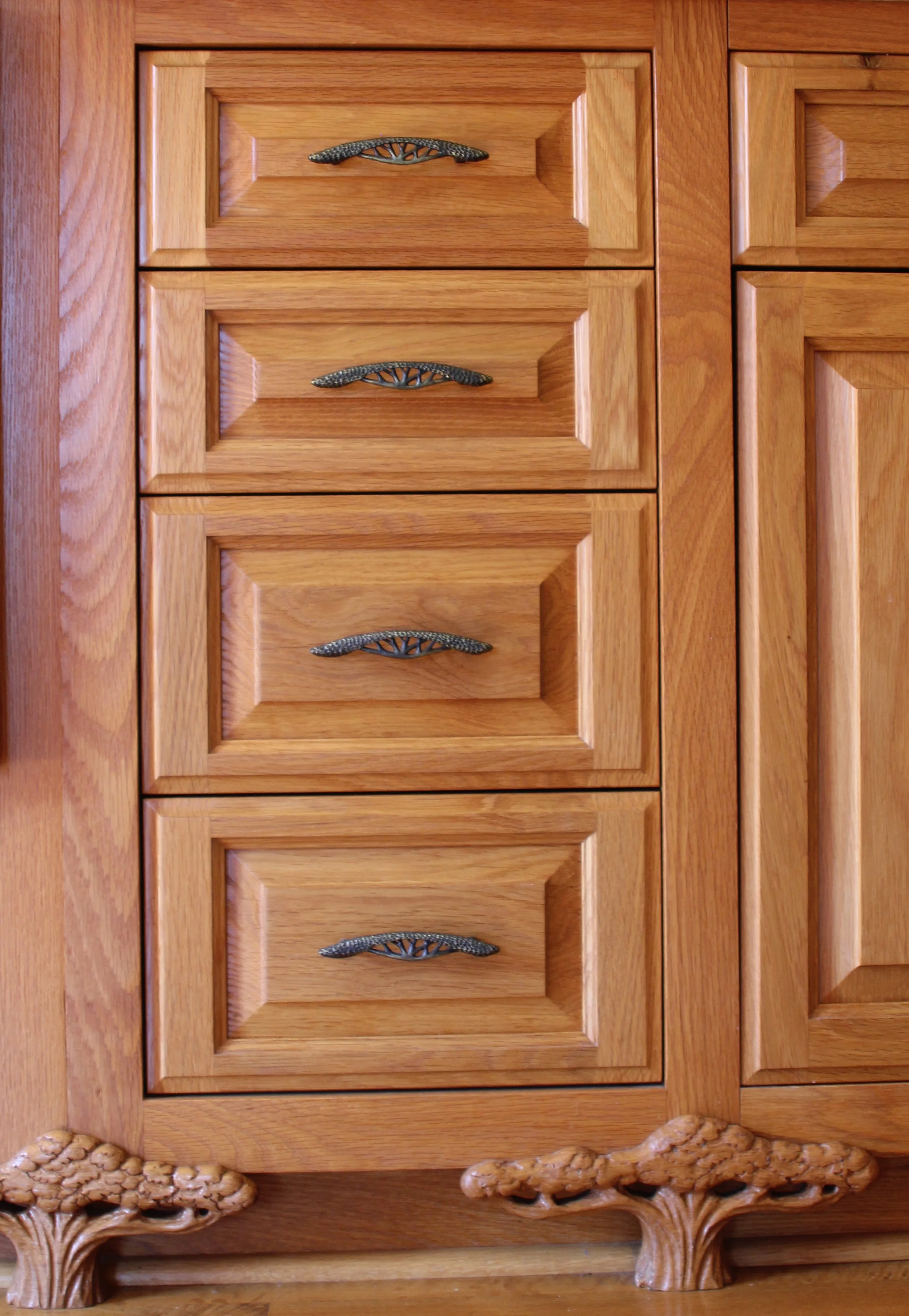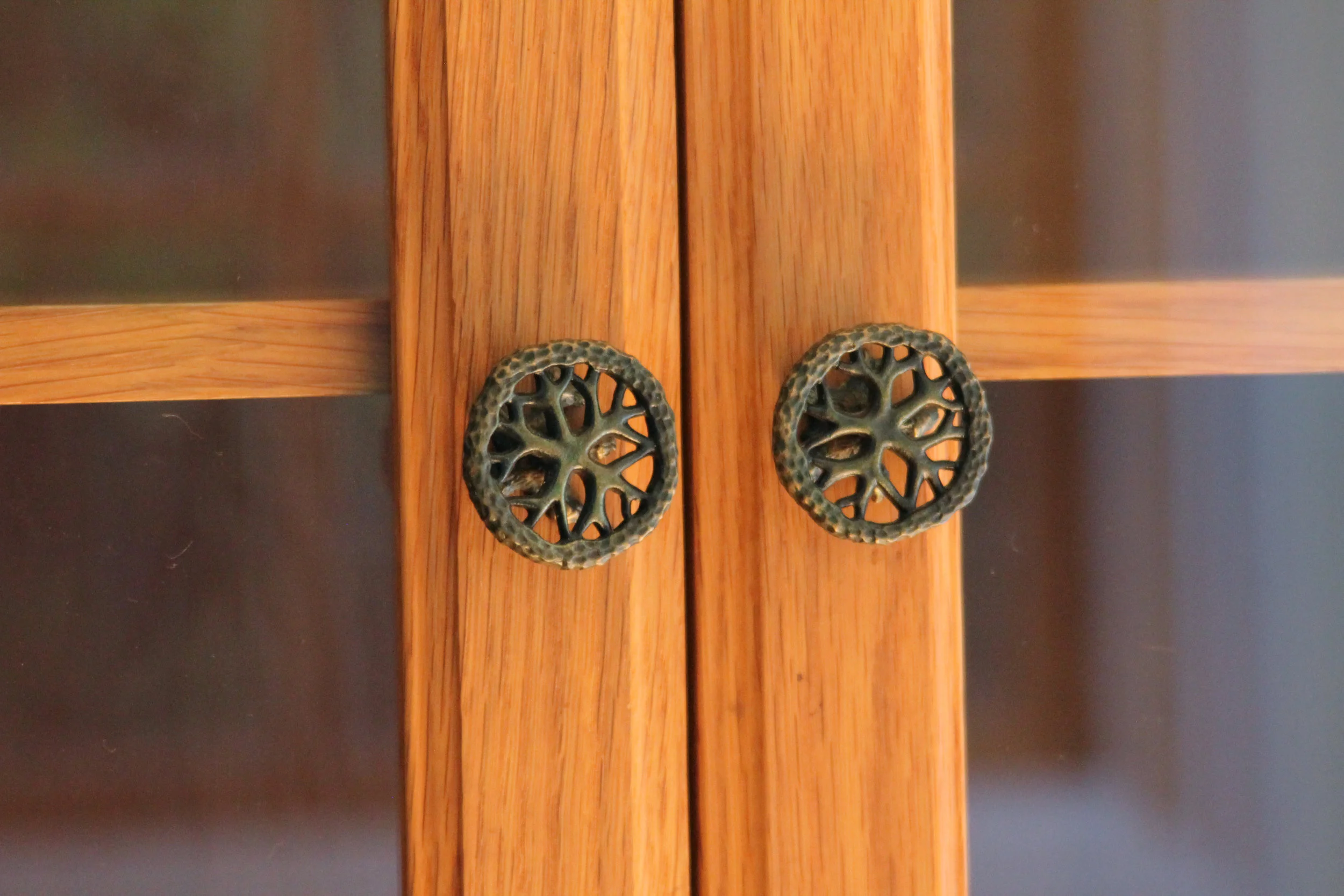Tree Canopies – Creating Shade through Trees
A Los Angeles friend introduced us to Tree People a non-profit organization headquartered off Mulholland Dr and dedicated to long term solutions to the heat and drought crisis we are facing here and globally. With their help our boulevard now has a thriving population of trees that bring beauty and shade to our neighborhood. Tree People is one of several local groups affiliated with City Plants a non-profit group that coordinates tree planting and care throughout Los Angeles.
Drought, old age and pests are an ever-present threat to the size of our tree population which needs to be continually replenished by new drought resistant saplings. The cooling canopy that trees provide is only one of the benefits of tree development. Trees also filter the air through their leaves that pull in carbon dioxide in the process of photosynthesis and release much needed oxygen back into the air. In so doing they also help pull and remove pollutants from the air. Trees capture rainwater that percolates down to the surrounding soil thus adding to the ground water. As much as 1/3 to 1/2 of the surface of Los Angles is covered by concrete and tarmac which prevents the rain water from reaching the ground water and instead washes it unfiltered into the ocean from storm drains.
If you considering planting a tree, there are many varieties available for free through programs offered by City Plants. Their site lists the type of trees available according to size, water use, canopy size, flower type, leaf color and whether the shape and height of the tree are a potential problem near power lines.
On our boulevard City Plants planted a row of “Tree of Heaven” which when mature have a very impressive canopy that gives shade to our building. On other adjacent streets the lovely Golden medallion trees were planted with their magnificent yellow orb flowers and Silk trees with their delicate coral pink flowers.
As a side note, the canopy of the Hedgerow tree was an imaginative creation and while not based on any tree is similar in shape to some of acacia trees found in Hawaii that also grow well here as they are drought tolerant.
Resources:
City Plant :https://www.cityplants.org/
Tree People: https://www.cityplants.org











